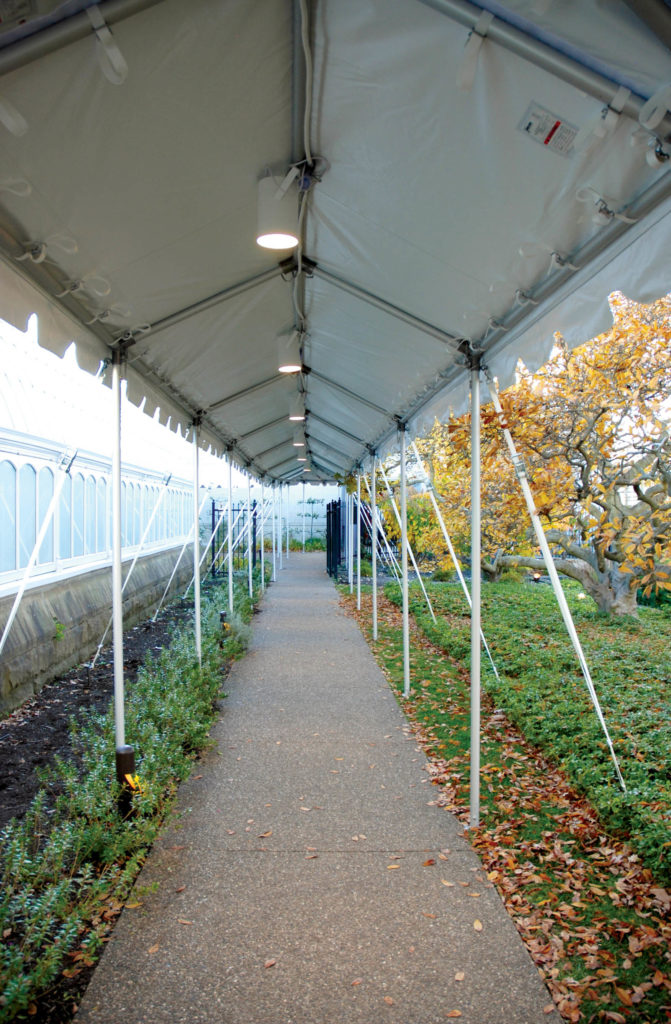
When certain types of emergencies happen—think hurricanes, earthquakes, fires—tented structures often become an essential part of the response plan. In the case of COVID, several short-term rentals ended up as long-term rentals, becoming subject to permanent building codes. For the tent rental industry, considerations for when short-term installations become long-term must always come down to safety first. After that, however, maintenance, inventory and profit are also serious considerations—so those in the tent industry can stay in business and continue to be there for people in need of shelter, whatever the reason.
180 days
The line between short-term and long-term installations is drawn at 180 days, at which time the structures are considered permanent and are then subject to a different set of building codes. “An original permit for the temporary tent expires after 180 days in most jurisdictions,” says Paul Armstrong, principal of Long Beach, Calif.-based Paul Armstrong Code Consulting Services (PACCS), a company with extensive experience with the International Building Code (IBC), the International Residential Code (IRC) and the International Fire Code (IFC). “Certainly, during the COVID pandemic in particular, many such permits were extended by the local jurisdiction—so the tent doesn’t actually become permanent. Permanent structures could need automatic sprinkler systems, fire alarms, permanent foundations, etc., which would be problematic for temporary tents.”
Great Lakes Tent Co. in Detroit, Mich., provides event rentals, including pole and frame tents, and often installs and maintains long-term rentals for commercial applications. “Because in our locale a tent is considered a permanent structure after 180 days, our clients will often pull permits for a temporary installation—less than 180 days—and if they need to leave the tent up longer, they’ll repull a permit,” says Michael Solomon, chief operating officer for Great Lakes Tent. “If you go more than 180 days, the big issue locally is that you have to add a fire suppression system to the tent—and no one wants to pay that price if they don’t have to.”
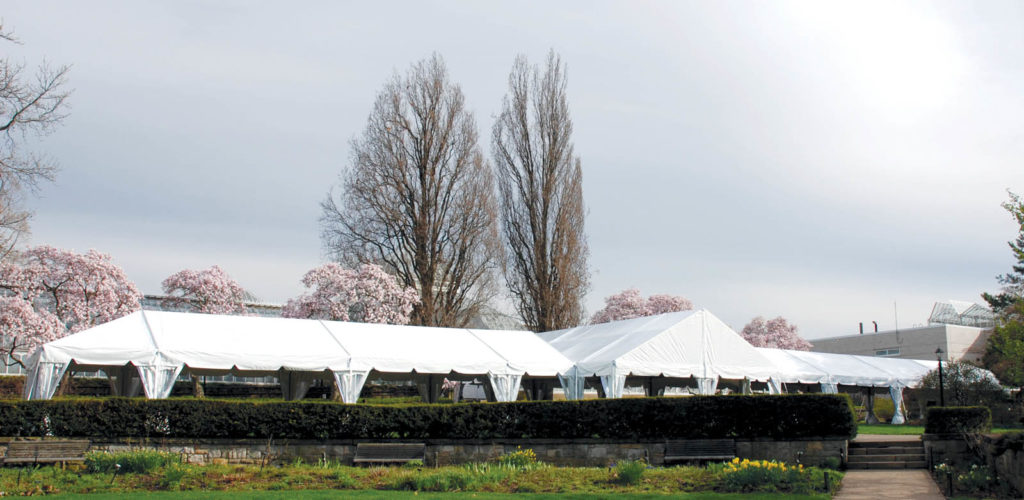
Risk and reinforcement
When installing tented structures, as the amount of time a structure is up increases, so do the risks and the code requirements that come into play. “Tents are not (necessarily) permanent structures,” says Jacob Berardi, lead code writer for event tent rental and fabric structure rental company Irmarfer US, based in Las Vegas, Nev. “And if you’re going to make tents permanent, there’s a lot of reinforcement that needs to happen, as well as a lot of risk you need to take on.”
Much of that risk has to do with snow and wind loads, and staking and ballasting. “Wind, weather, earthquakes, etc. are always a concern in the built environment,” Armstrong says, “Because of the temporary nature of tents, the structural design loads are usually reduced and the use of temporary foundations or connections to the ground are allowed.”
“Because some of our long-term rentals occurred during the winter months, we had to be prepared for high winds and snow,” says Dan Skena, president and event-rental specialist at PartySavvy, Monroeville, Pa. “In most cases, we increased the staking or ballasting so the tent could withstand higher wind loads.
“When staking is not permitted for whatever reason, concrete weights tend to be the most commonly used method of ballasting—though I have seen installations without the proper amount necessary,” Skena continues. “The topic of [how to calculate proper] ballasting has been covered extensively by the TRD [Tent Rental Division] of IFAI for years.”
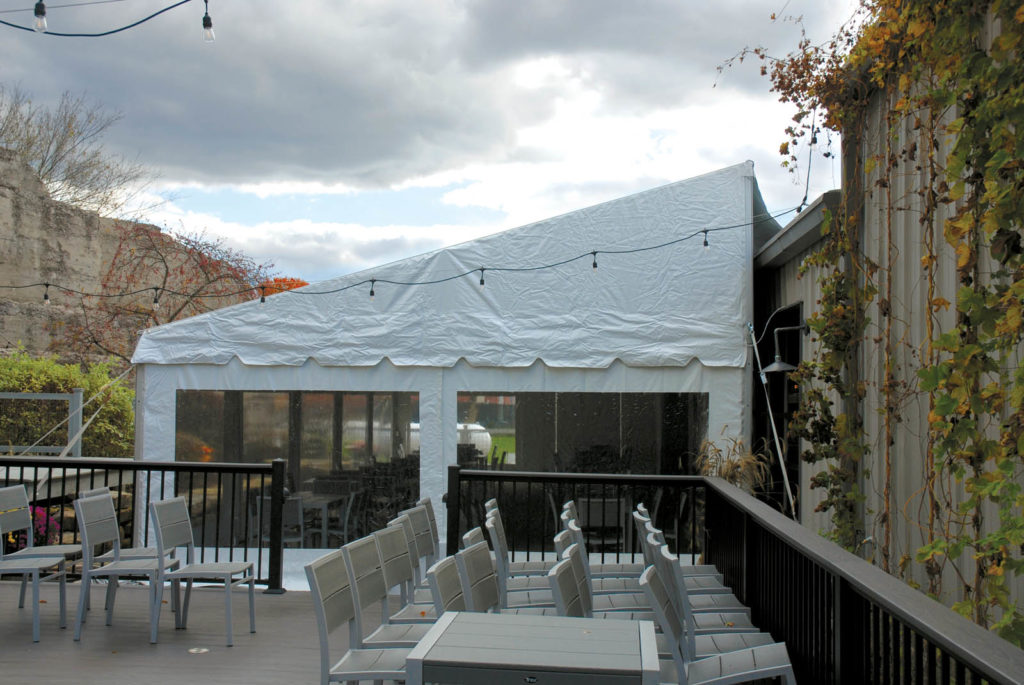
Insurance 101
In the event a tented structure does fail in some way or someone is injured during installation or under the tent, general liability insurance can protect the company owner’s financial assets. But businesses are not required to carry general liability insurance, however risky it is to operate without it. “If your business is sued, you could end up facing hundreds of thousands of dollars in fees that could be crippling for the business,” says Kory Eastenson, risk management consultant, Upper Midwest region of Marsh McLennan Agency LLC, Minneapolis, Minn. “In today’s day and age, the unfortunate truth is that everyone involved in the life cycle of a product or service is likely to be dragged into a lawsuit at some point in time. From the manufacturer to the wholesaler to the end consumer—nobody is dismissed in the eyes of an attorney.”
Thankfully, general liability insurance is relatively inexpensive and can transfer the risk of bodily injury, property damage, medical payments, legal defense and personal injury. “Based on the size of one’s business, there are different ‘limits’ that will be recommended, but the typical policy includes a $1 million occurrence and $2 million aggregate limit,” Eastenson says. “Several factors will determine the pricing of coverage, including location, deductible, number of employees and limit amount.”
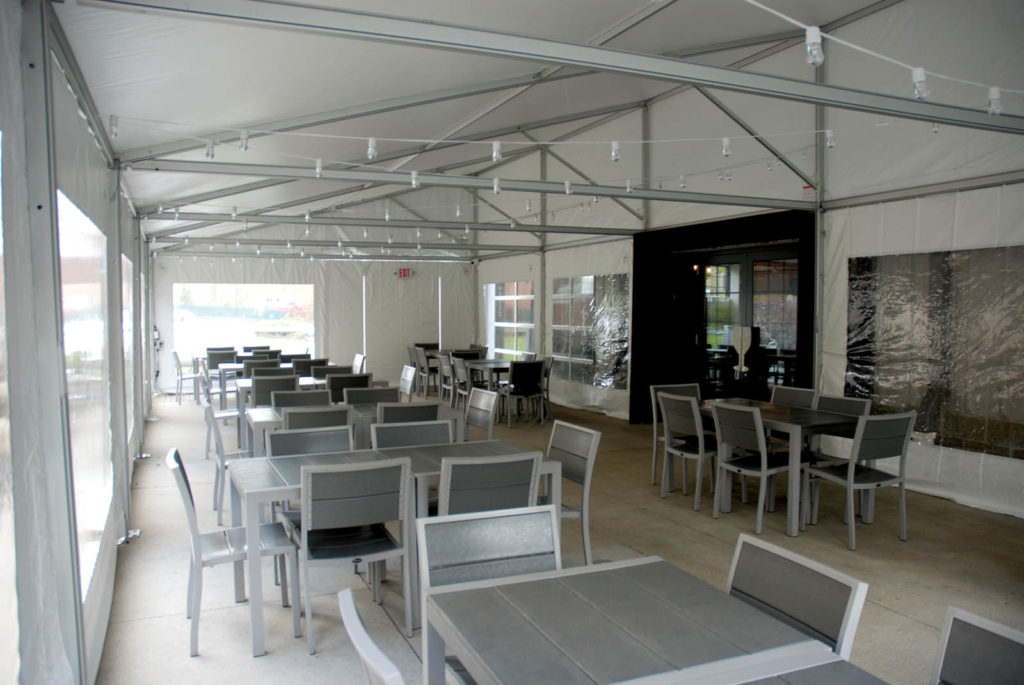
To rent or sell?
When it comes to renting a tent versus buying it, there are, yet again, several factors at play for both the client and the tent provider. “In most cases, the only customers who opted to purchase tenting rather than rent them were those who planned to use the tents year after year on a seasonal basis and/or needed something custom built,” Skena says. “Customers who needed something quickly, and for an unknown period of time, opted to rent.”
Before selling a tent to a client, tent providers need to ask themselves specific questions. “The big one is: Is the job worth your time and investment?” Solomon says. “Then: Do you possibly need that tent for an upcoming event? Especially considering that since manufacturers are experiencing large lead times, you can’t count on replacing it quickly.”
If and when a replacement tent is available, the cost can be prohibitive. “It’s too unpredictable what it’s going to cost tomorrow to replace inventory,” Berardi says. “It’s similar to selling a house and having to buy a new one. You might get a lot more for your house than you thought you could, but you may also have to buy a new one after for an inflated cost.”
If the tent rental company decides it’s in its best interest to sell, the client will need to consider who will be responsible for installation, maintenance and takedown. “Most customers do not have the ability to service the tenting they purchase,” Skena says. “They can’t install it, remove it, clean it or store it. If they decide to purchase the tenting, then they typically need to make arrangements with us for all of those services on an annual basis.”
With a rental, much of that responsibility falls on the tent rental company as well, but is typically built into the rental cost. “We do minimum monthly inspections for our storage tents, and weekly or bi-weekly if people are gathering under the tent,” Solomon says. “And the customer is responsible for daily maintenance.”
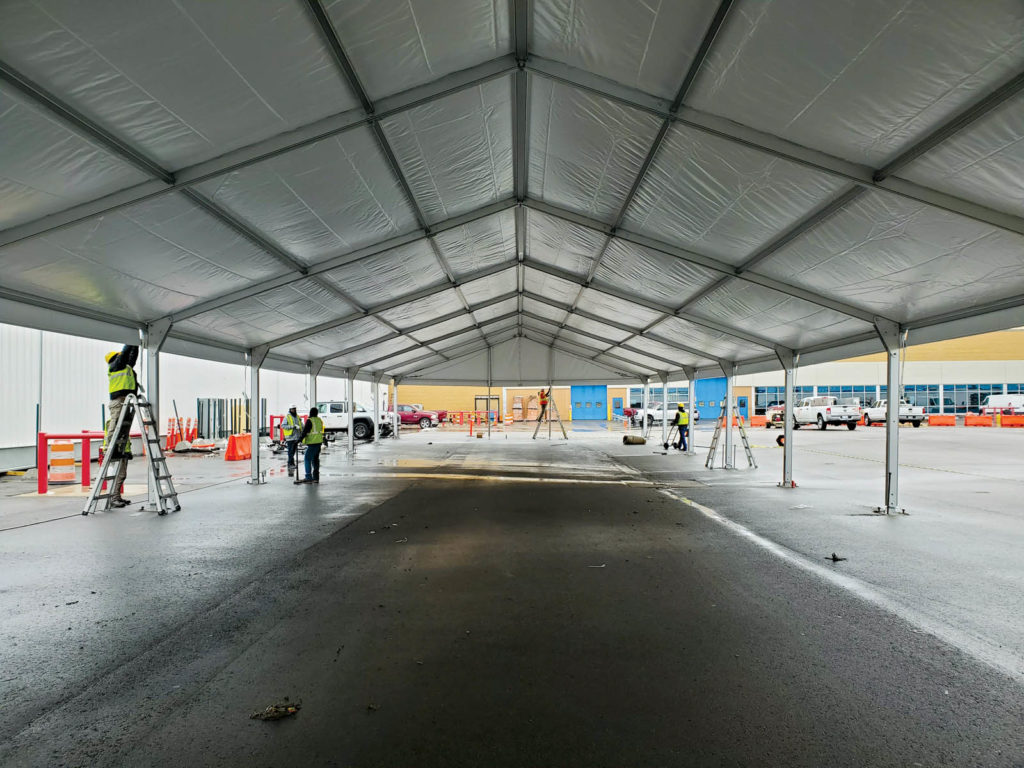
The price of long-term rentals
It can be challenging to price long-term rentals, whether they are contracted as such from the beginning or whether they start as a short-term rental that morphs into a long-term. PartySavvy uses the same pricing method for all long-term rentals, initially. “There have been occasions where we agreed to reduce the price after a certain number of months,” Skena says. “Those are the kinds of things we typically consider on a case-by-case basis.”
Another factor that comes into play is how much lead time to allow for booking an installation. Obviously, the tent rental company needs enough time to plan for the event, secure materials and labor and collaborate with any other vendors. But booking too early can be a pricing misstep. “Inventory is powerful in this business,” Berardi says. “You don’t necessarily want to take an early booking. You most likely are going to bring in more money on a last-minute booking versus an early reservation.”
Long-term rentals aren’t going away entirely but the long-term COVID-related rentals, such as those for hospitals, vaccination and testing sites, are certainly winding down. But opportunities in the long-term space remain for markets, including the auto industry, restaurants and other commercial sites. One thing is certain: the need for shelter—whether short-term or long-term—will always be here no matter how the market landscape shifts. And tent rental companies will be here putting up tents, with creativity and expertise.
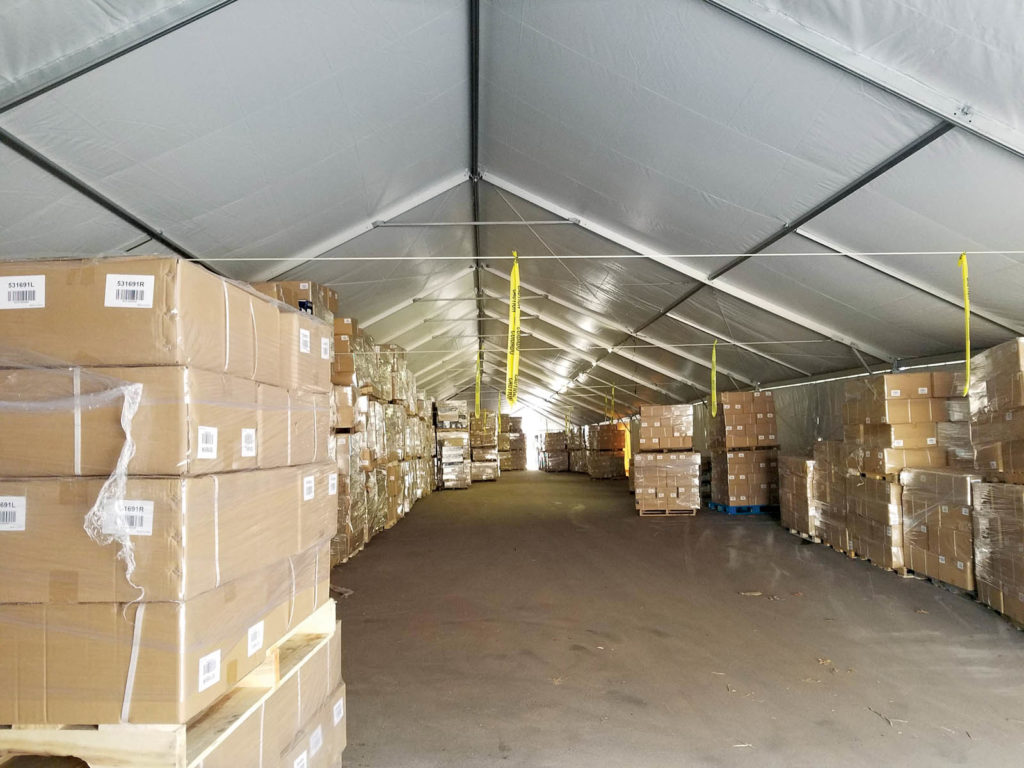
Sigrid Tornquist is a Minneapolis, Minn.,-based writer and editor, and a former InTents editor.
SIDEBAR: Member benefit: liability insurance
Equipment and tent rental businesses can face a broad range of risks—from property damage to employee injuries to accidents related to transporting equipment and party supplies. And due to the unique nature of the industry, tent rentals can be a unique risk to insure. “Many insurance companies have strayed away from offering coverage in the tent rental space,” says Kory Eastenson, risk management consultant, Upper Midwest region of Marsh McLennan Agency LLC, Minneapolis, Minn. “Working with an agent that understands the industry is crucial in obtaining the right coverage for a business.”
Marsh McLennan Agency LLC offers insurance programs for TRD members that are tailored to the needs of the member. “The TRD insurance program is not meant to be one-size-fits-all,” Eastenson says. “Marsh McLennan Agency understands that each business is unique and needs a customized approach.”
SIDEBAR: IFAI’s Business Insurance Program
Marsh & McLennan Agency is IFAI’s preferred business insurance broker and risk management consultant. Its business insurance program is tailored to fit the unique risks and exposures prevalent within your business and is customizable to the liking of your overall strategy. With years of experience, Marsh & McLennan agency is able to offer an array of resources to your business while providing a local touch to clients around the world.
For more information about business insurance and risk management options, contact Andrew Burt at Andrew.Burt@MarshMMA.com or Kory Eastenson at Kory.Eastenson@MarshMMA.com.








Leave A Comment